.webp)
© History Oasis

Discontinued: 1926
America’s first mass-produced board game. Players raced on a 67-space spiral toward heaven, advancing on virtues like “Honesty” and retreating on vices like “Cruelty.” Folks used a spinning top instead of dice to avoid gambling associations.
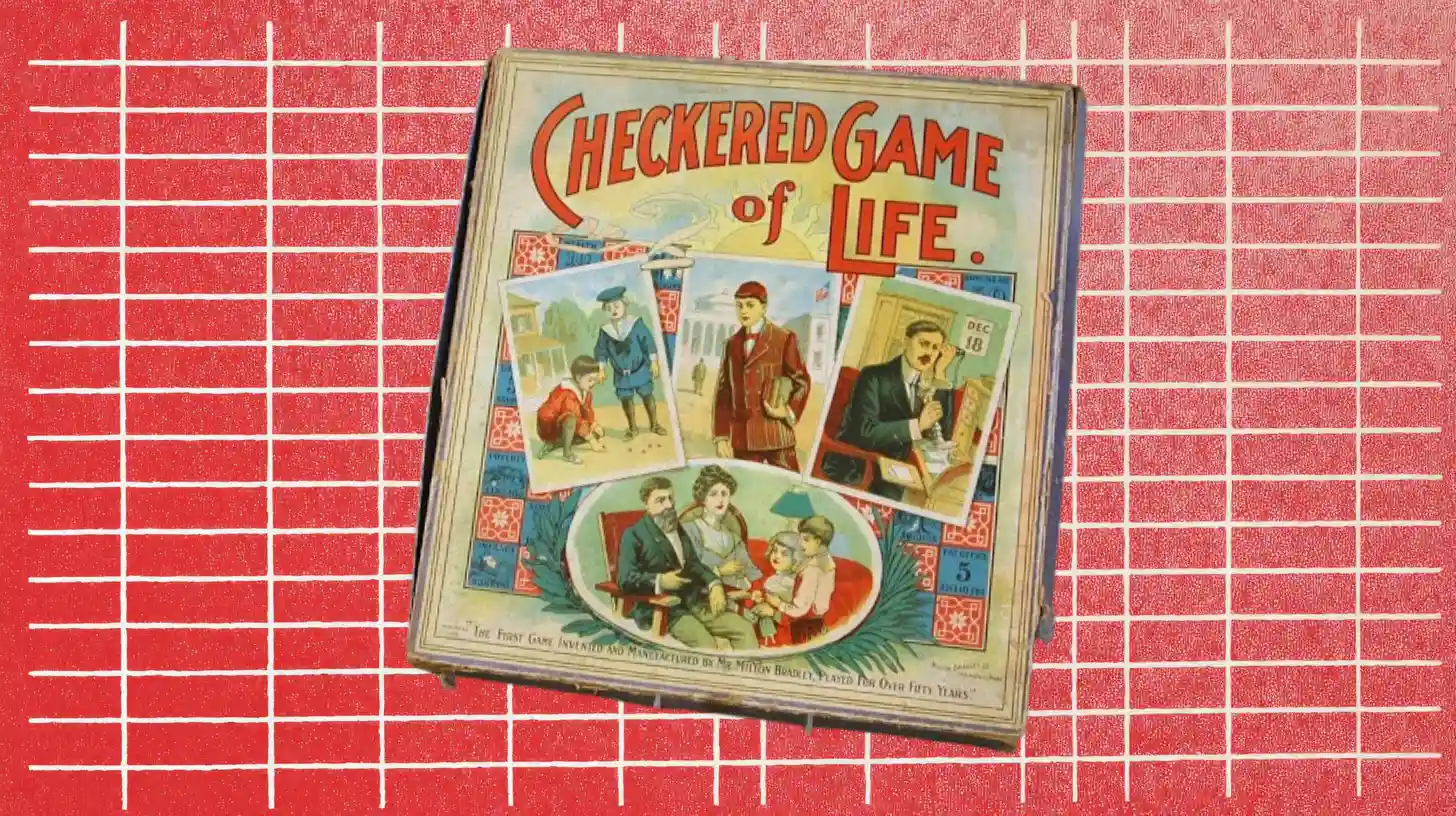
Discontinued: 1960
The game that launched Milton Bradley’s company. It was a board game where you moved from “Infancy” to “Happy Old Age” on a checkerboard, collecting 100 points through moral choices. The game sold more than 45,000 copies in its first year during the Civil War.
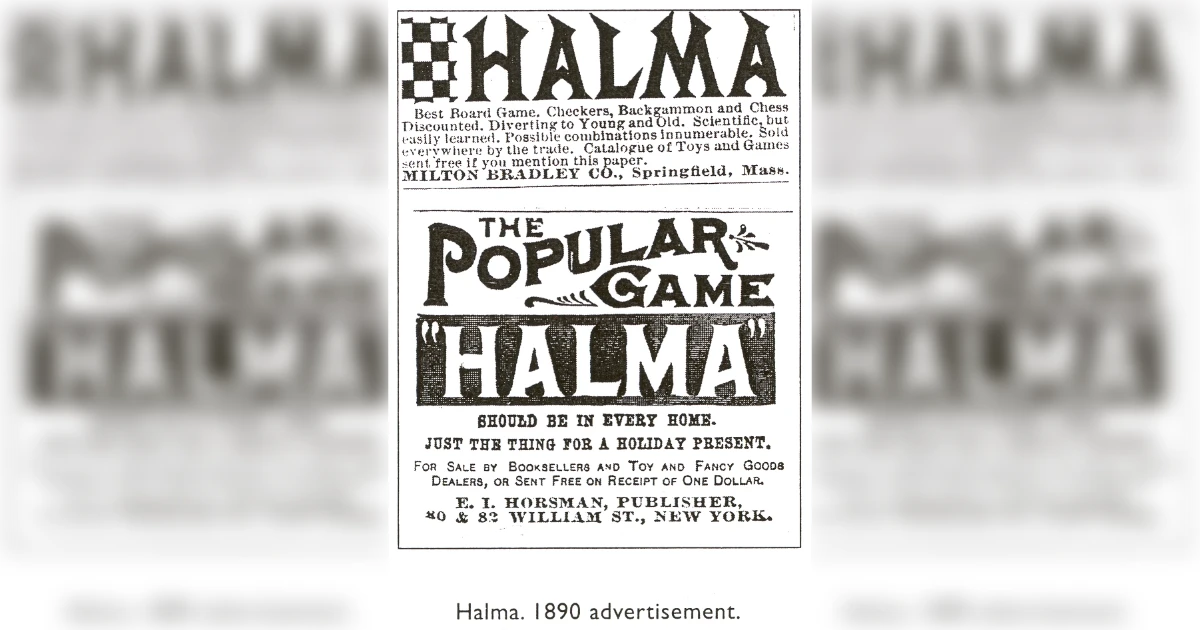
Discontinued: 1961
Invented by Harvard surgeon George Howard Monks, where players raced pieces across a 16×16 board by jumping over others. Halma became the only classic American board game recognized internationally.
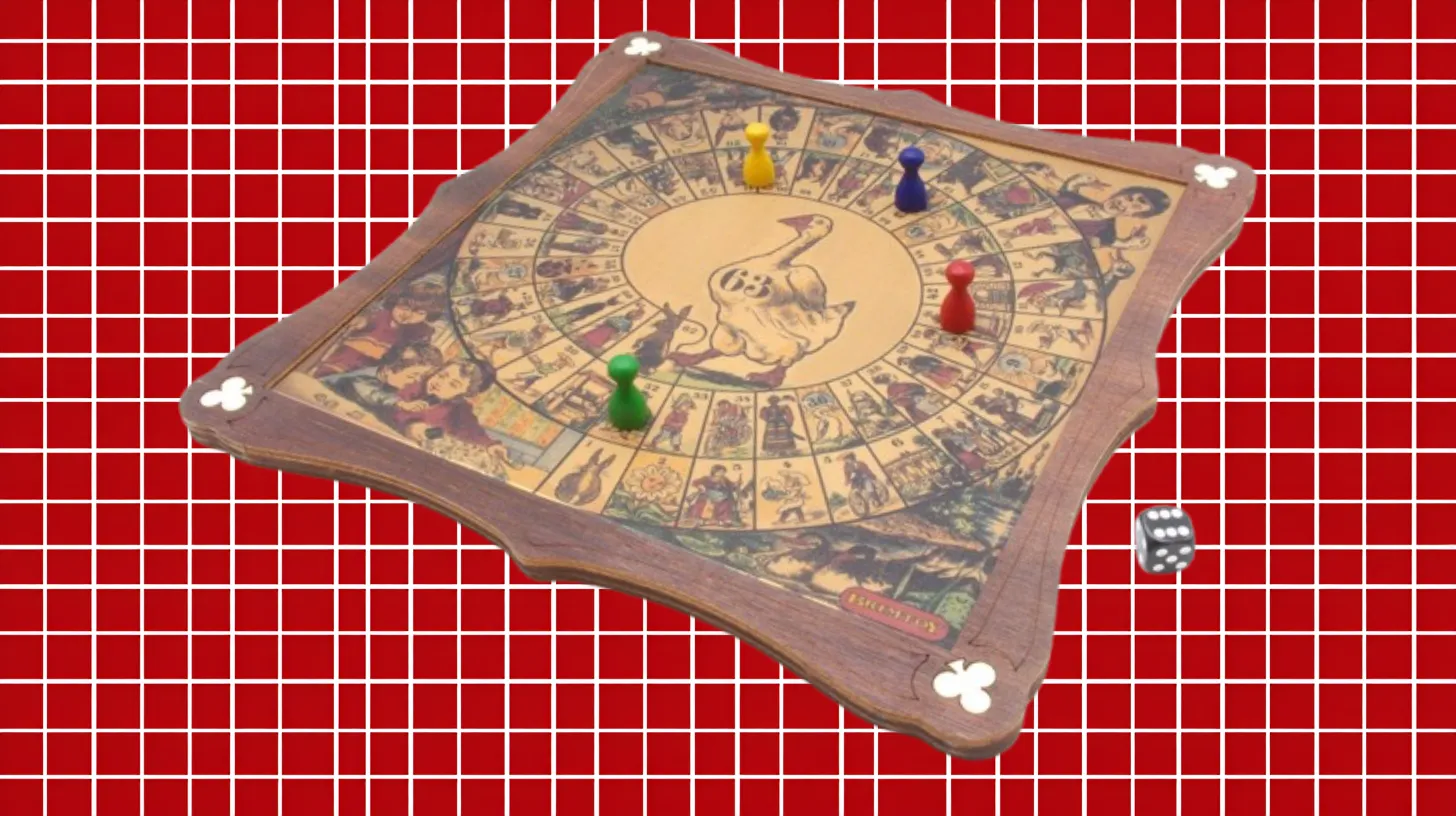
Discontinued: 1800s
The Game of Goose was an ancient European spiral race game featuring hazards like “Death” and “Prison.” It influenced modern race games and predates American independence. The game was popular in colonial America, but faded in popularity when modern games emerged.
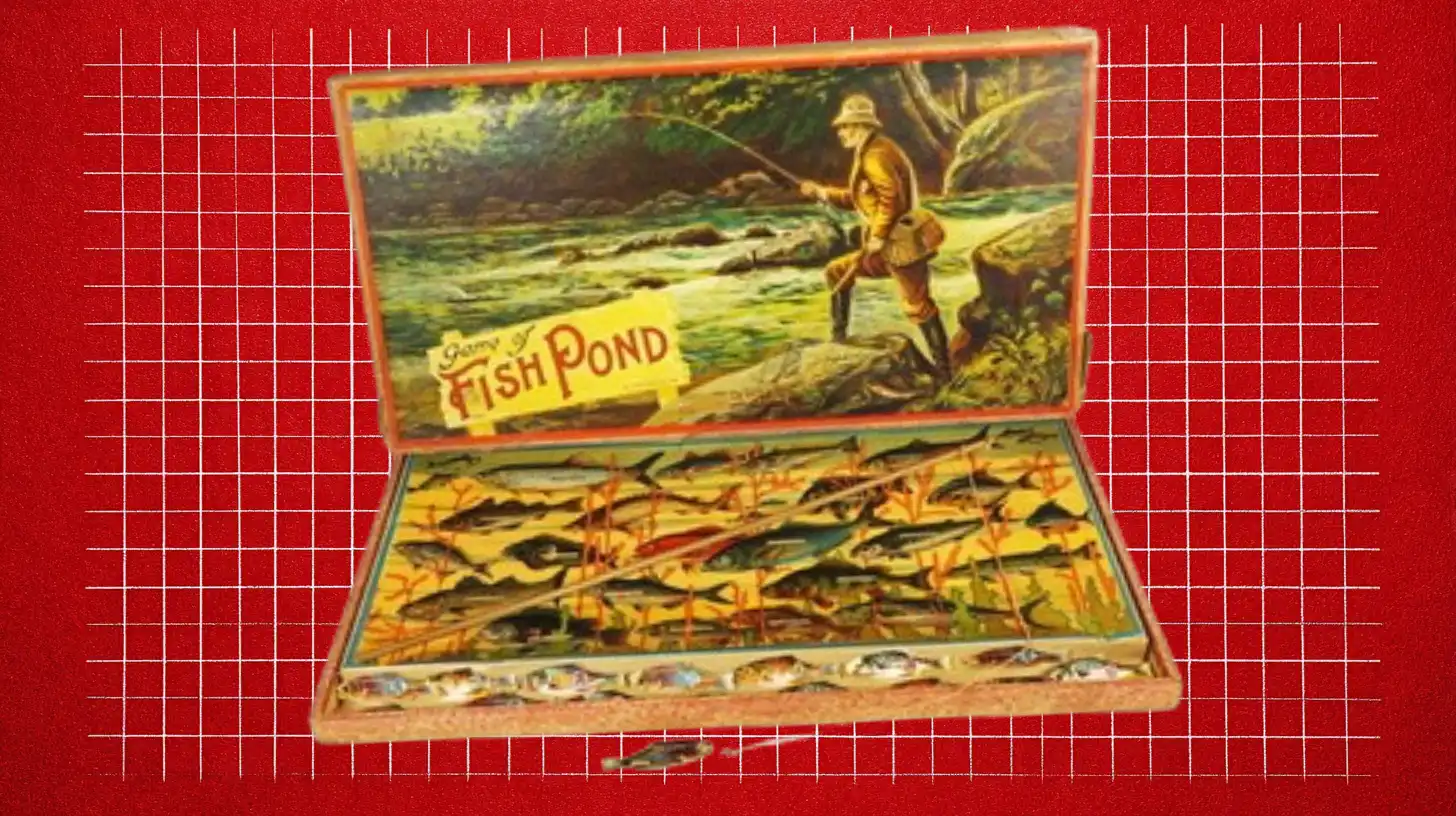
Discontinued: 1920s
An early dexterity game where players “caught” pieces from a central pond. Fish Pond required manual skill development. The catching concept influenced modern games that would come after it.

Discontinued: 1880s
This was an educational game designed by Anne Wales Abbot, daughter of a Massachusetts clergyman. It taught students through gameplay. The game was part of the moral instruction movement that dominated early American gaming.
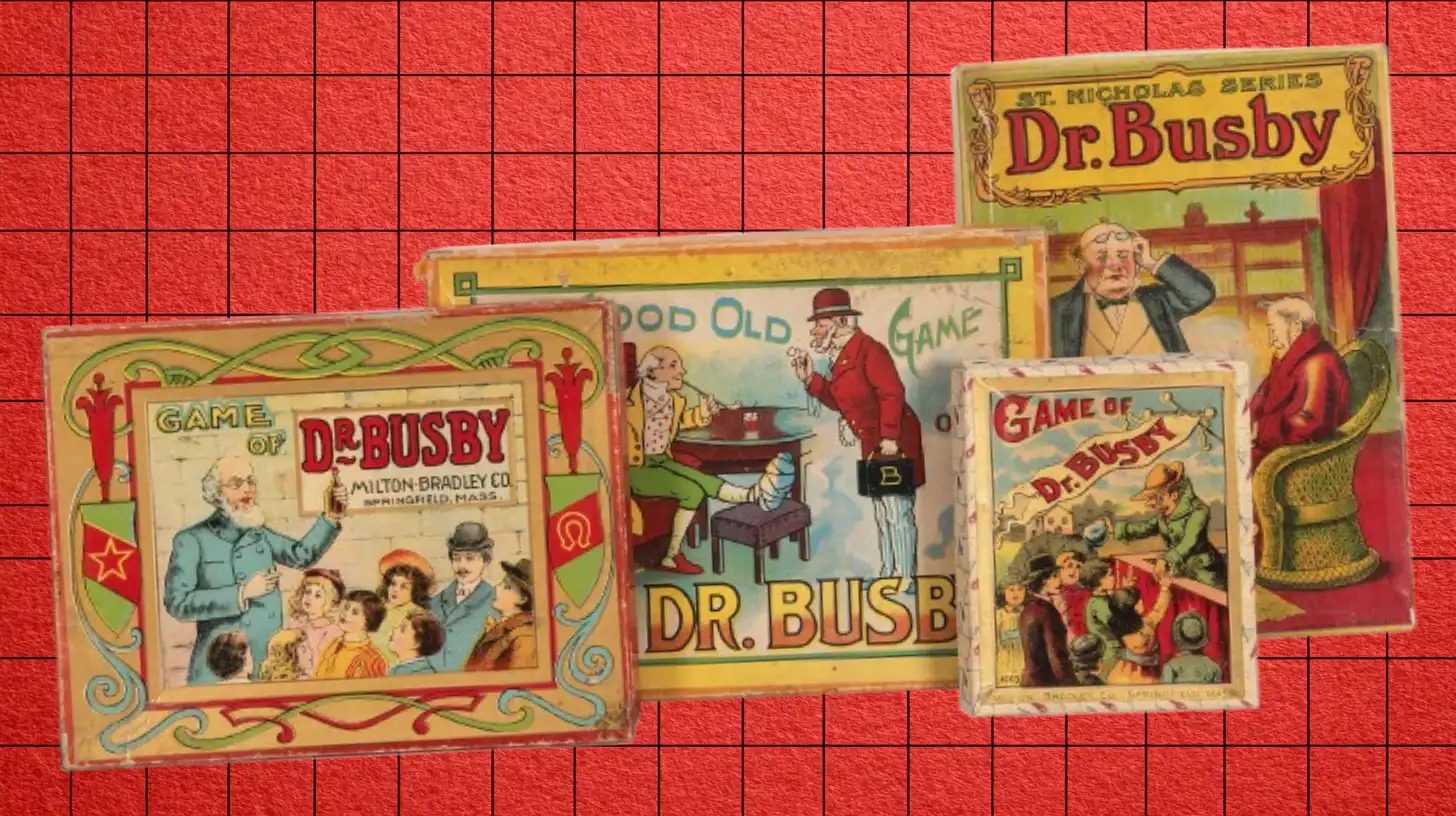
Discontinued: 1880s
Another Anne Wales Abbot creation focusing on educational content. Featuring academic themes and moral lessons. Dr. Busby was discontinued as toys shifted from instruction to pure entertainment in the late 1800s.
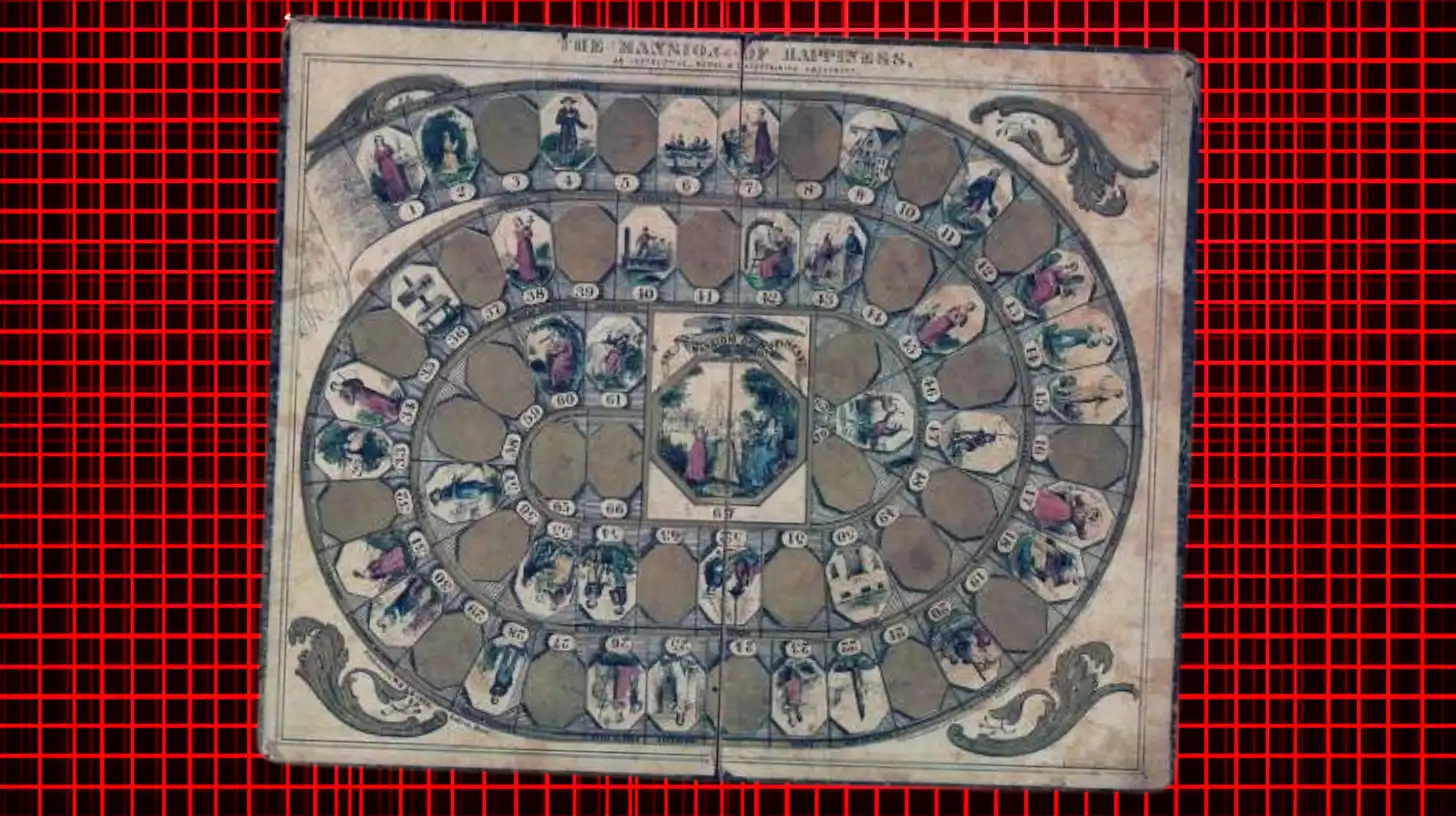
Discontinued: 1880s
This was a religious-themed board game reflecting Protestant values. Players navigated between Christian virtue and pagan vice. But it lost favor with the masses as people started living more secular lives.
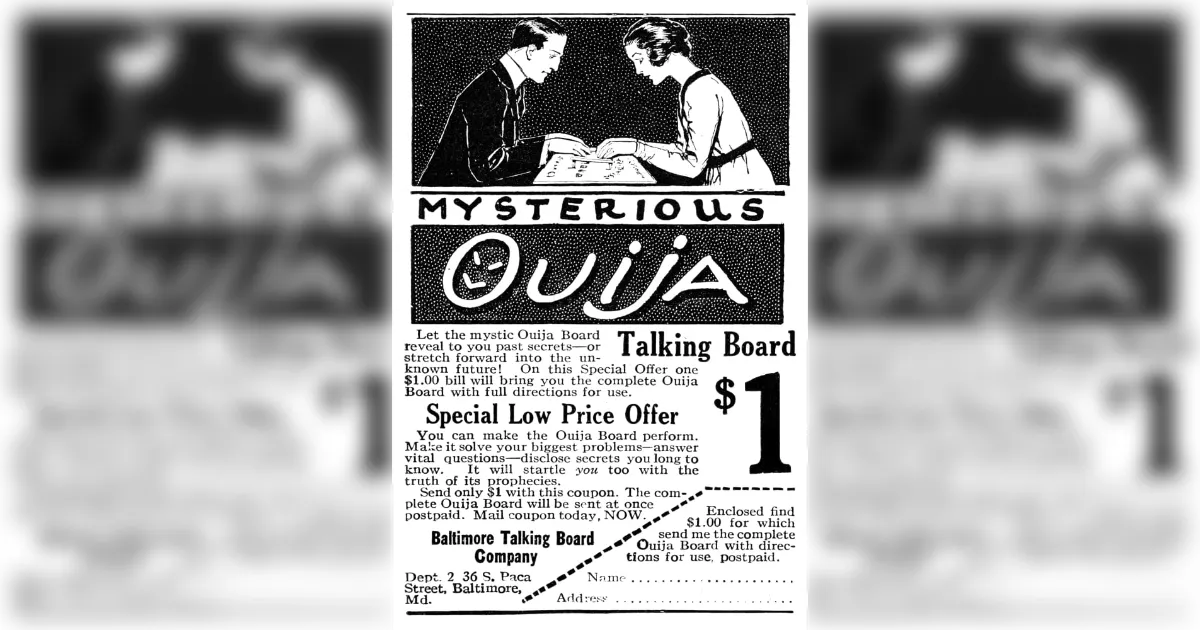
Discontinued: 1960s
Patented by Elijah Bond in 1890 for spirit communication, the Original Ouija Board sold 2,000 boards weekly by 1892. Original manufacturers like Kennard Novelty and William Fuld’s company ended the original device, though Hasbro still produces newer versions.
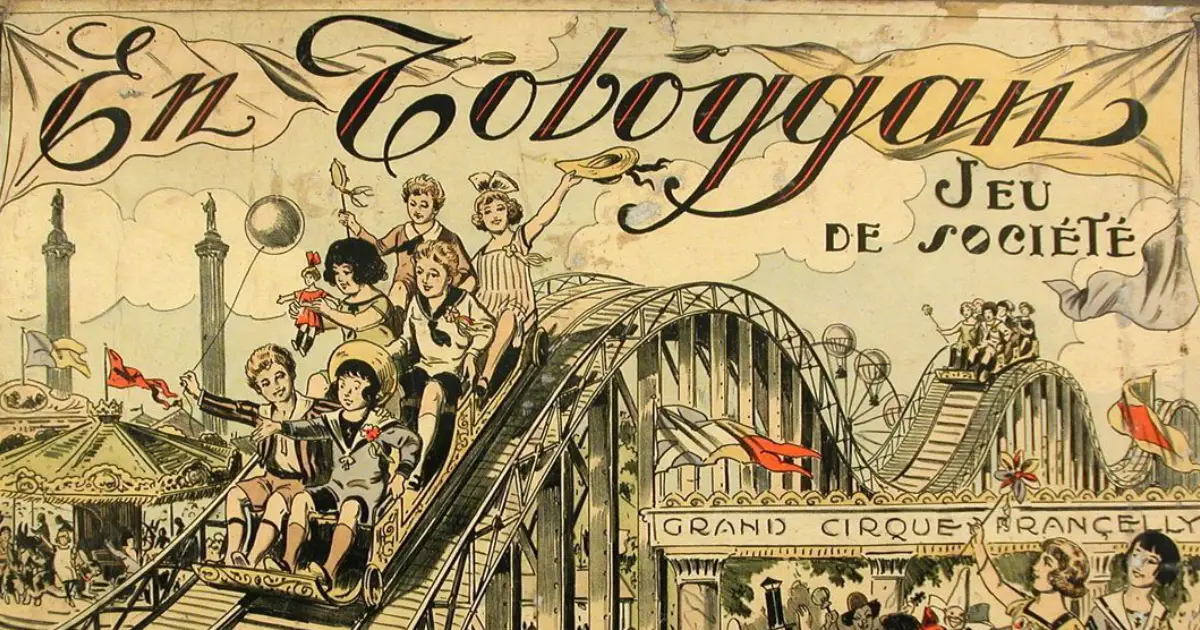
Discontinued: 1900s
Toboggan Slide was a winter sports racing board game where players sledded down a snowy hill track. It featured simple roll-and-move mechanics.
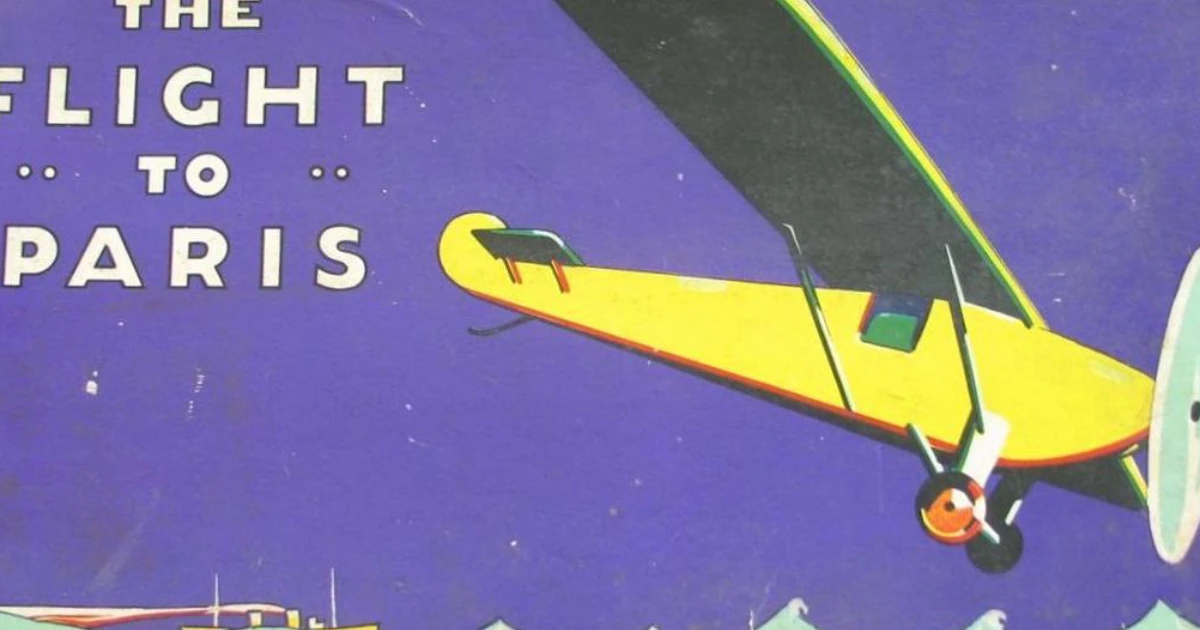
Discontinued: 1930s
This board game capitalized on Charles Lindbergh’s 1927 Atlantic crossing. Players raced to complete the famous flight. The game lost market share during the Great Depression as people couldn’t afford it anymore.
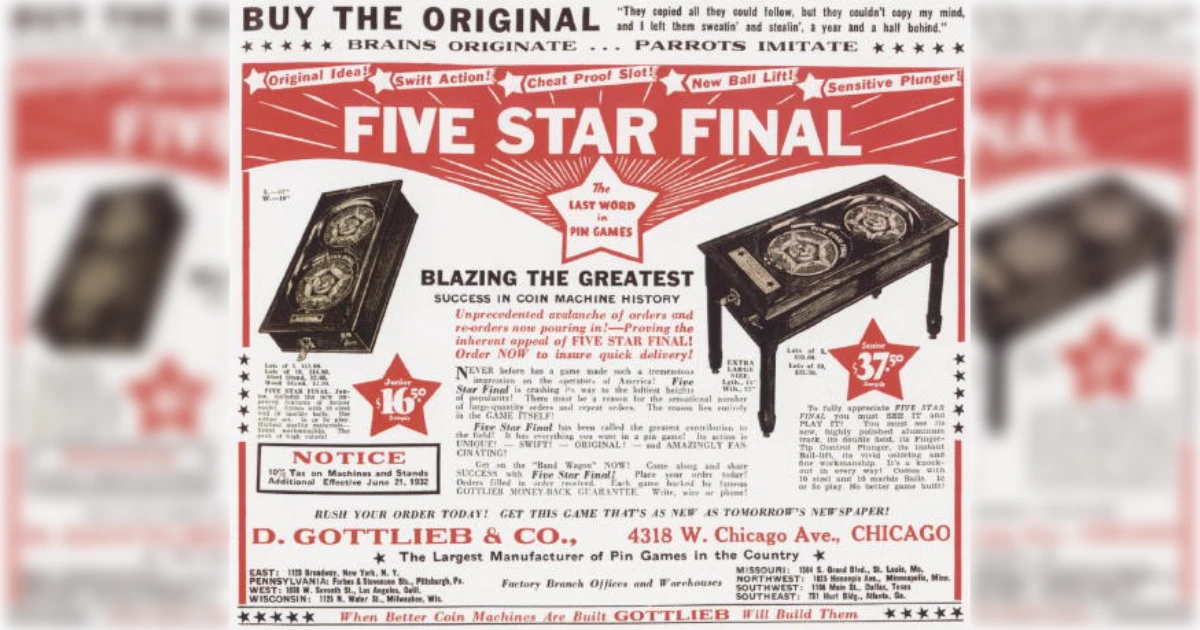
Discontinued: 1940s
This was a newspaper-themed game reflecting the golden age of print journalism. Players competed as reporters gathering stories.
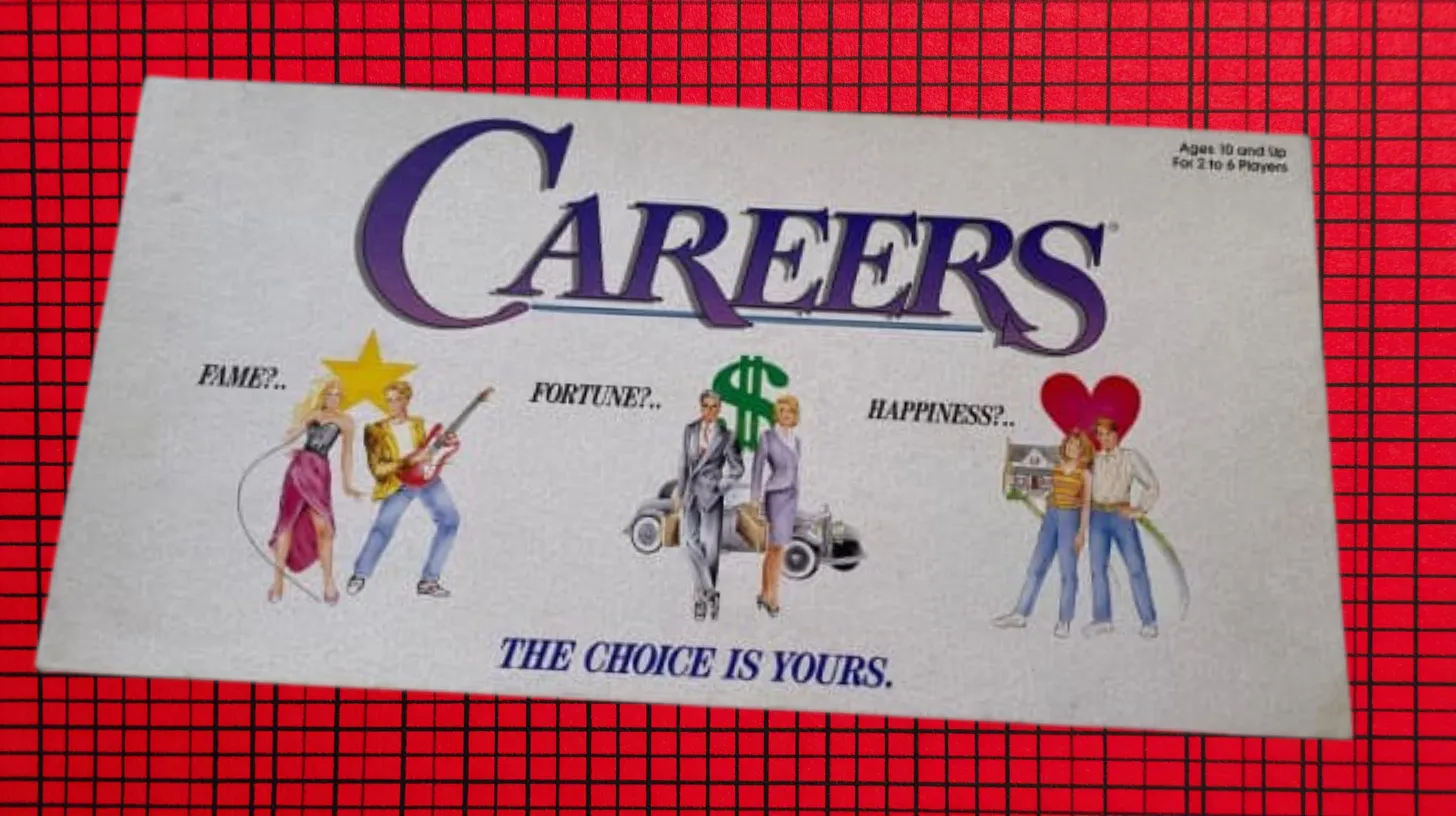
Discontinued: 2009
Careers was designed by sociologist James Cooke Brown. Players allocated 60 points among Fame, Happiness, and Money as victory conditions. It originally featured Uranium Prospecting and Moon Expeditions.
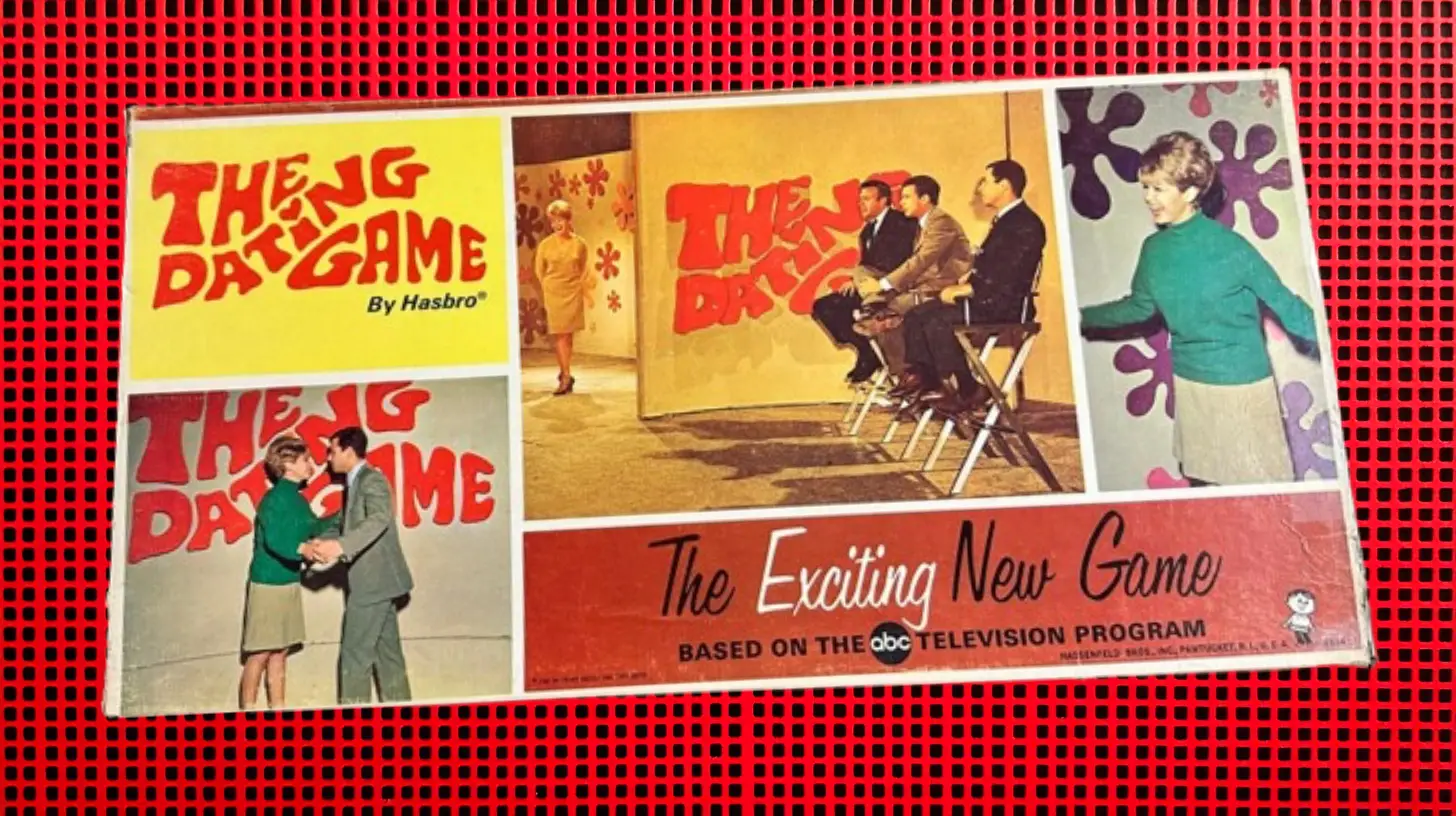
Discontinued: 1970s
This board game required equal male and female players. Players navigated courtship challenges to find romantic success. But The Dating Game became unmarketable as dating culture changed and gender-specific game requirements seemed outdated.
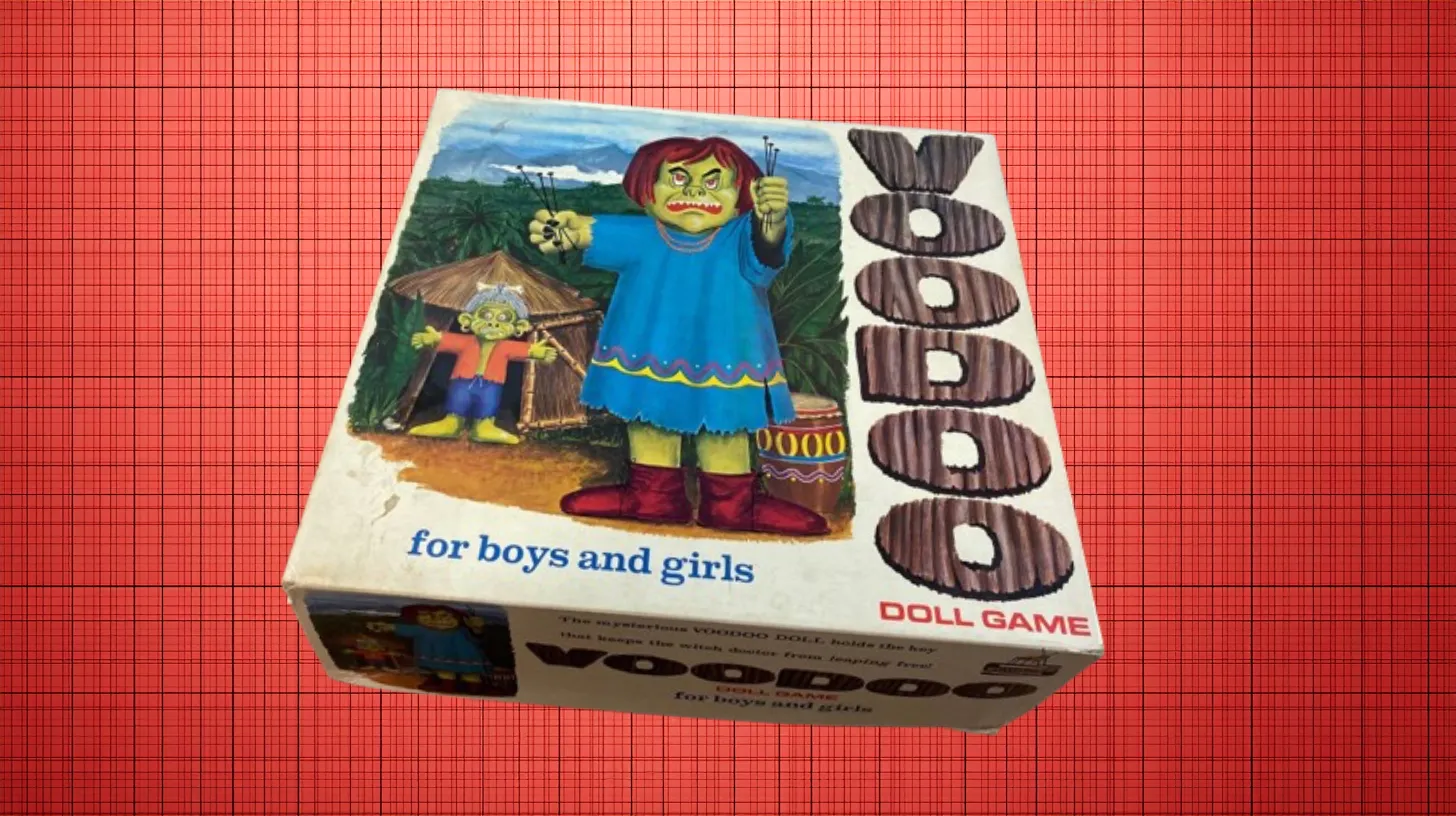
Discontinued: 1980s
Players used pins to attack opponents’ dolls while protecting their own in the Voodoo Doll Game. It combined supernatural themes with direct player conflict. The board game was discontinued due to religious objections.
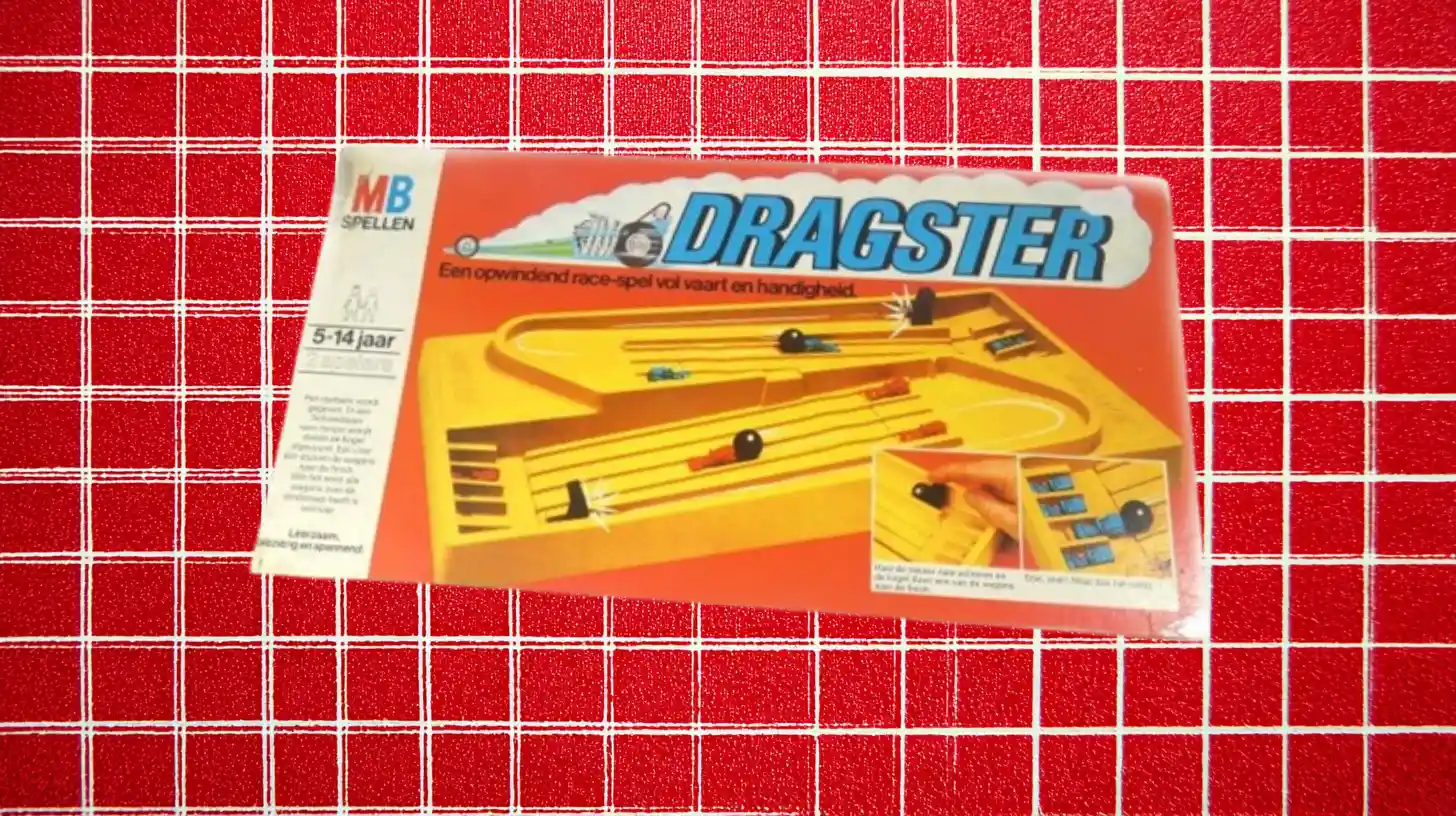
Discontinued: 1980s
Dragster was a fast-paced racing game using marbles to flick cars down lanes. The game required precise timing and dexterity. Disappeared when kids got addicted to video games.
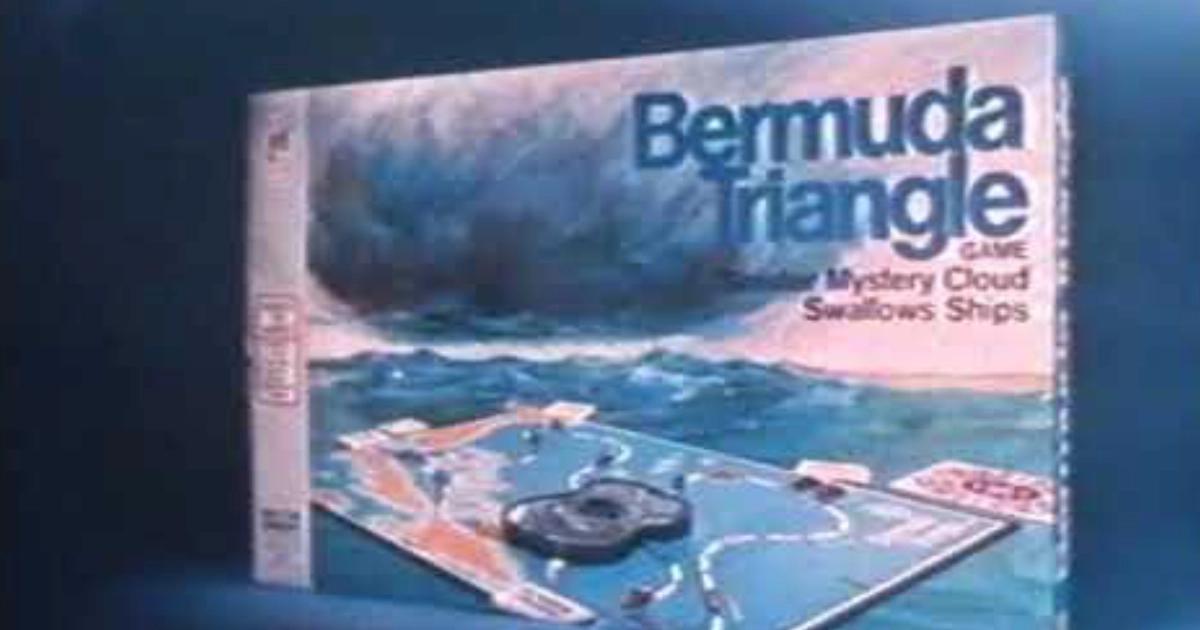
Discontinued: 1985
This game featured a magnetic storm cloud that randomly moved across the board, “disappearing” ships. Capitalized on the 1970s Bermuda Triangle mystery craze.
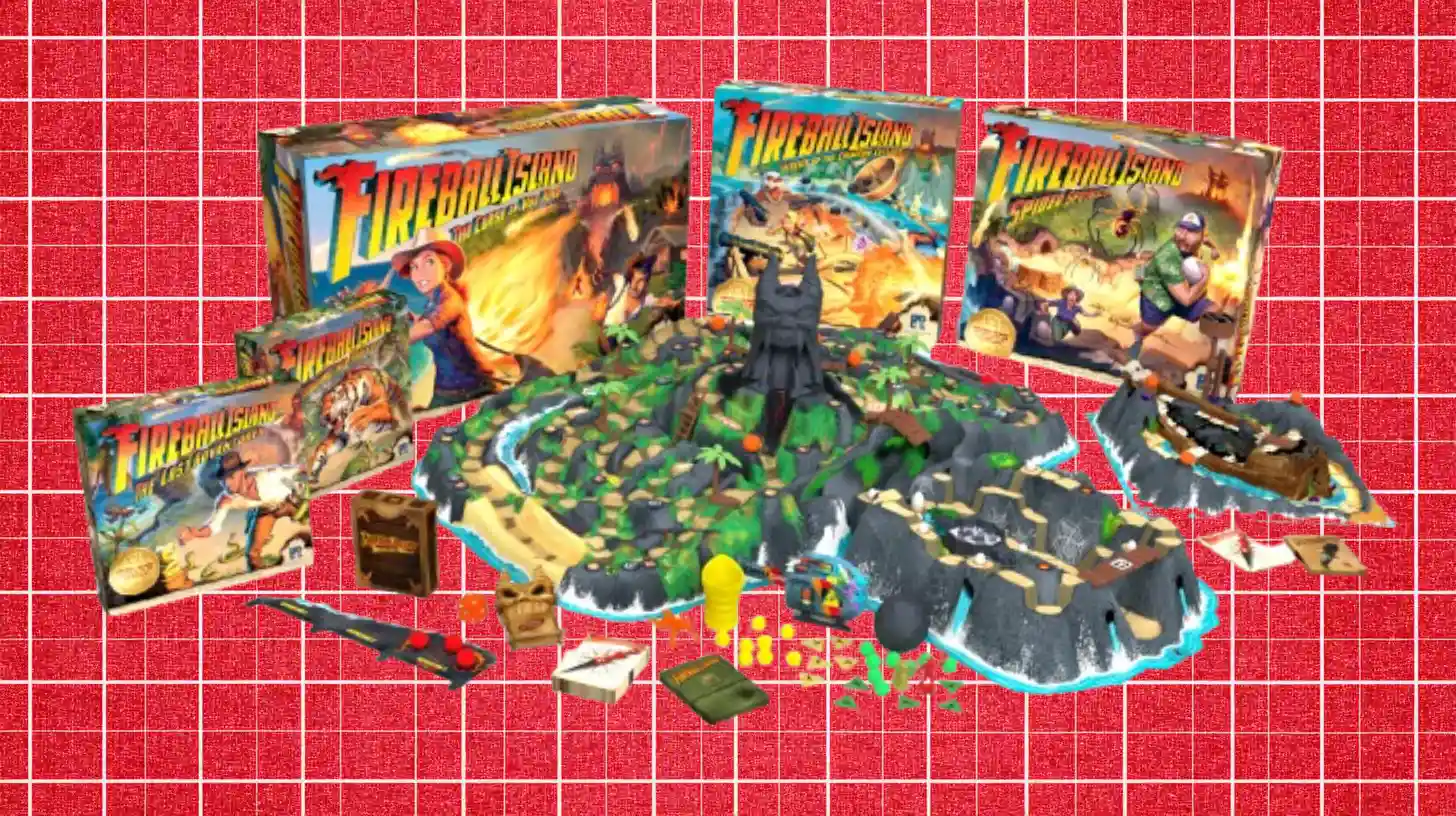
Discontinued: 1993
This was a 3D adventure game with a molded plastic island and rolling marble “fireballs.” In Fireball Island, players stole jewels from the volcano god Vul-Kar.
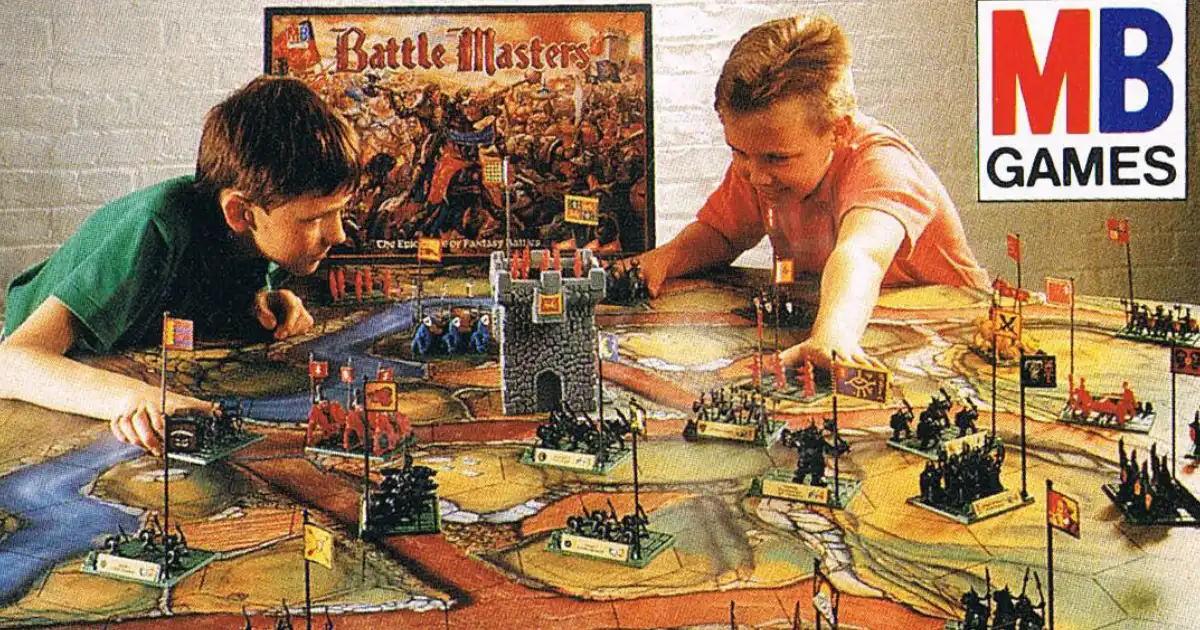
Discontinued: 1995
Battle Masters was a large-scale medieval warfare game with hundreds of plastic figures. You got to play epic battles between good and evil armies.
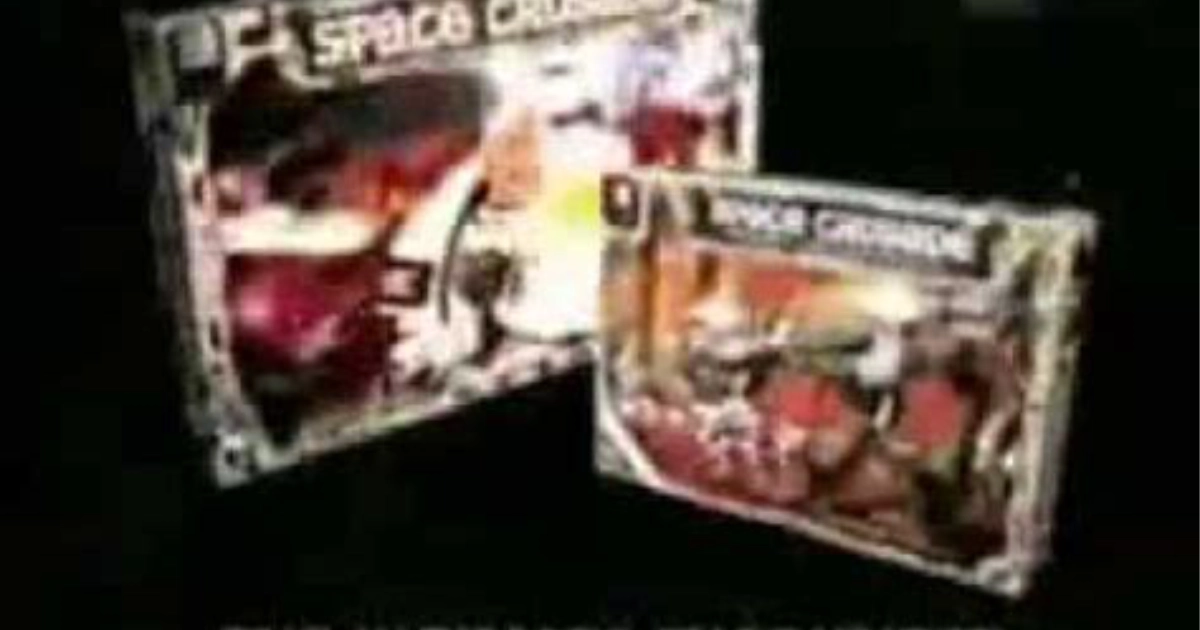
Discontinued: 1995
Space Crusade was a science fiction tactical combat game set in the Warhammer 40K universe. Space marines battled alien forces. Licensed property complications and competition from dedicated miniature games ended production.
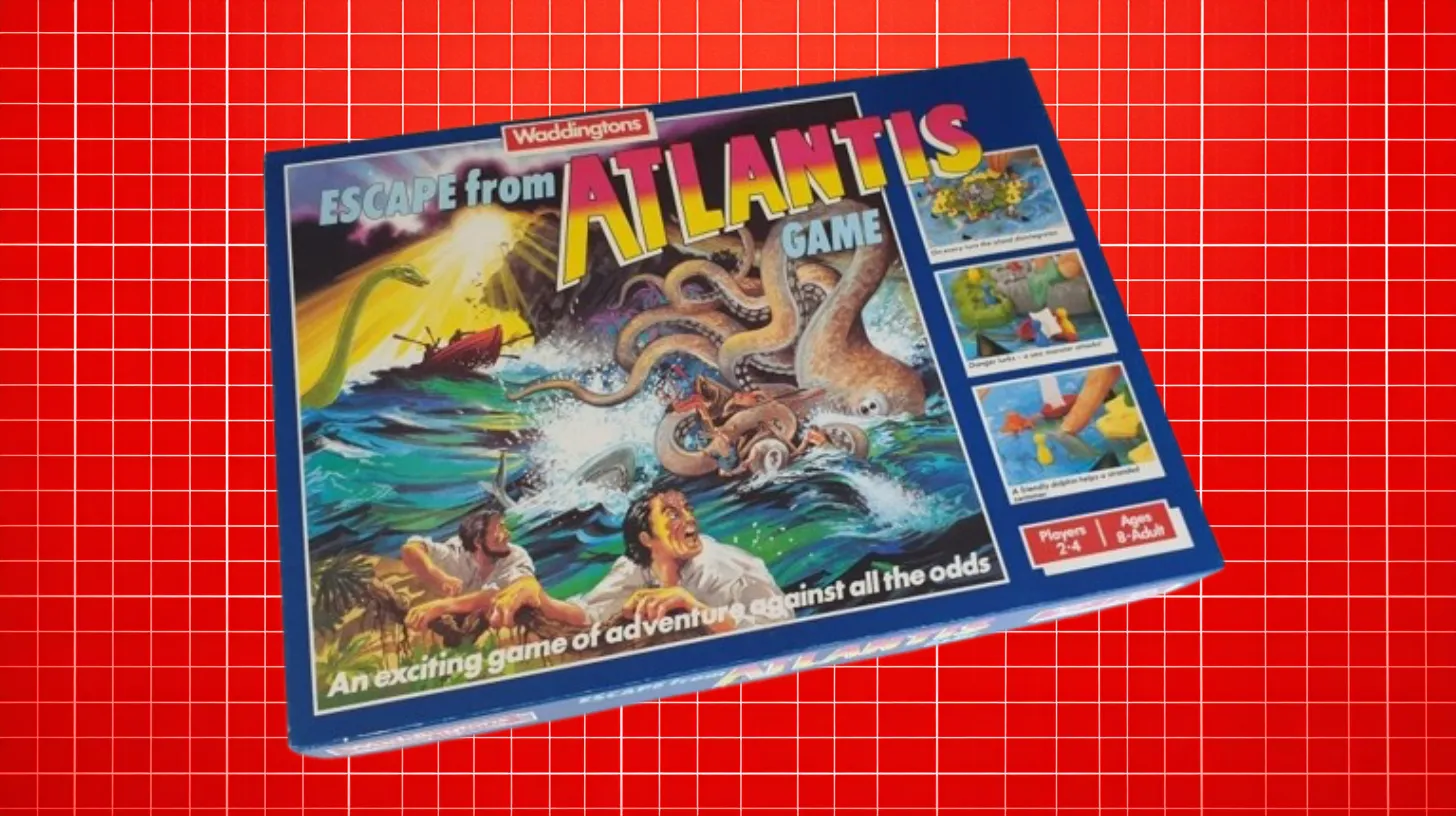
Discontinued: 1990s
In this survival game, players evacuated a sinking island while avoiding sharks and sea serpents. It featured a modular island that literally sank during play. Later rebranded as “Survive!”, but the original version ended.
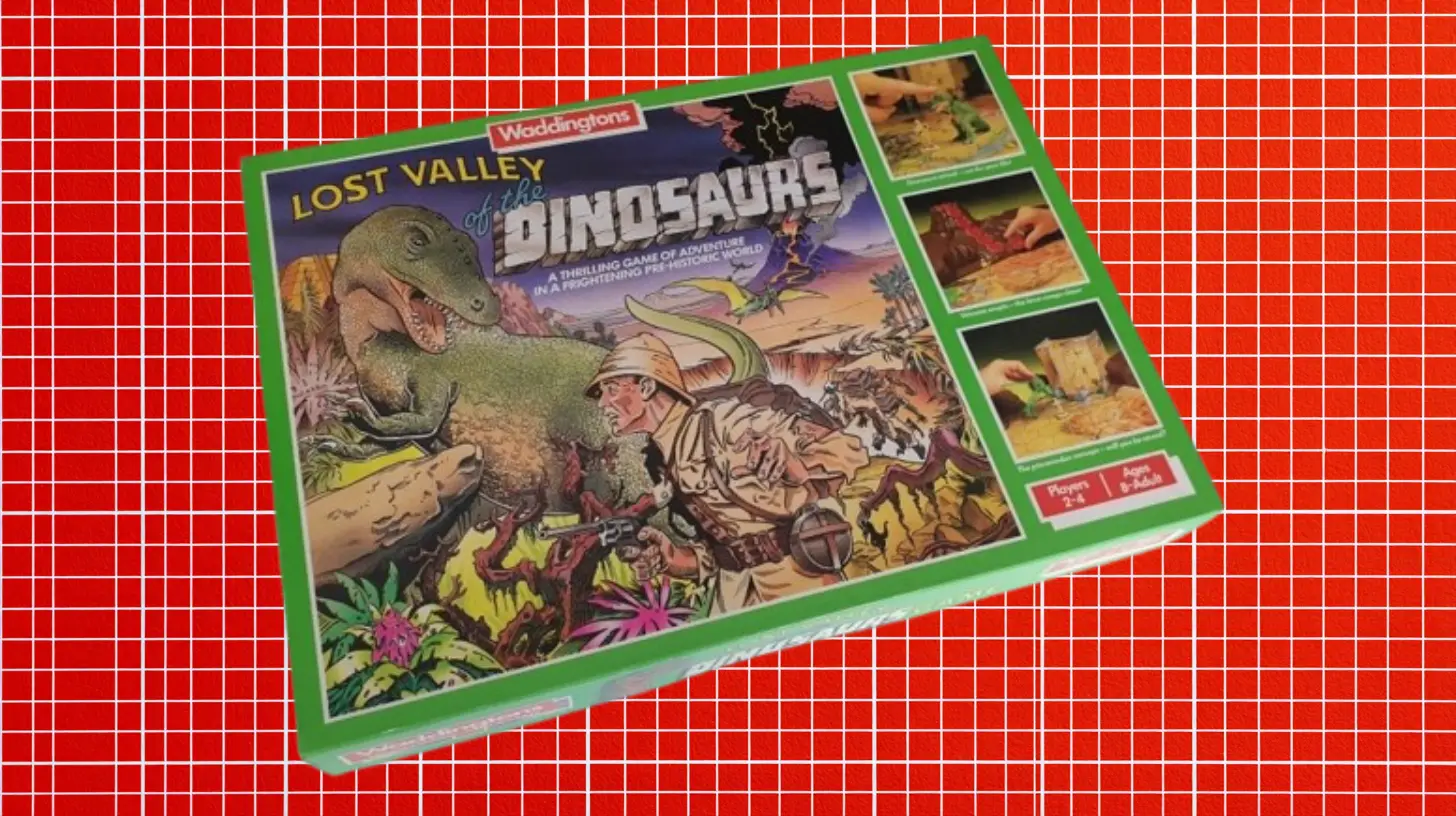
Discontinued: 1990s
This prehistoric adventure game used treasure hunting and roaming dinosaur figures. The board game was set in a beautifully illustrated volcanic jungle.